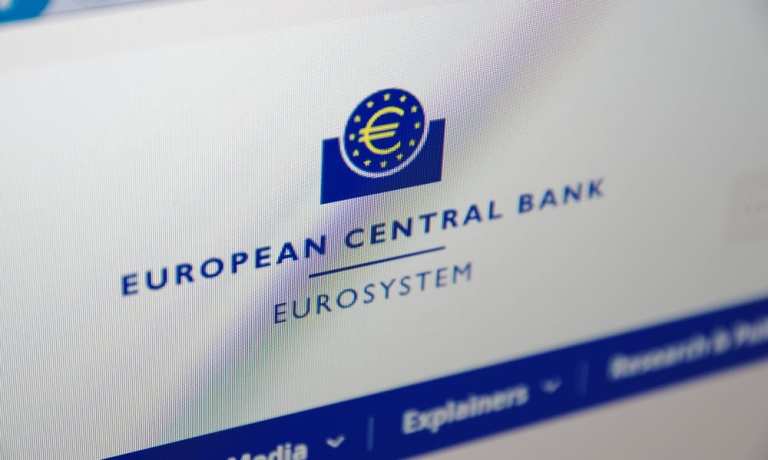
The European Union (EU) has enough liquidity to stay afloat during COVID-19, but profitability could sink as the pandemic worsens, according to the European Banking Authority (EBA).
“Sound capital positions should enable EU banks to weather expected upcoming impacts stemming from the coronavirus crisis and to provide lending to the economy at the time of need,” the EBA said in a statement. “The recent supervisory measures will also ensure that banks can efficiently deploy their capital buffers during the unfolding crisis.”
EBA, the EU’s banking watchdog, published its quarterly Risk Dashboard covering the fourth quarter of 2019 on Tuesday (April 14). The report summarized the risks and vulnerabilities in the EU banking sector.
The statement noted that ahead of the coronavirus crisis, EU banks’ capital ratios and asset quality have improved, but the return on equity has worsened.
“The CET1 ratio (which compares a bank’s capital against its risk-weighted assets to determine its ability to withstand financial distress), rose to 14.8 percent of risk-weighted assets in the fourth quarter of 2019. That’s up from 14.4 percent in the third quarter,” the EBA said in a statement.
The ratio of non-performing loans (NPLs) fell further to 2.7 percent in the fourth quarter of 2019 from 2.9 percent for the same period one year ago, the EBA said.
Late last month, the EBA, in an effort to keep lenders from spreading the coronavirus, recommended that payment companies should use more contactless payments to help curb the spread of the coronavirus. The agency also suggested that payment firms should increase contactless payment limits to 50 euros ($54) if possible.